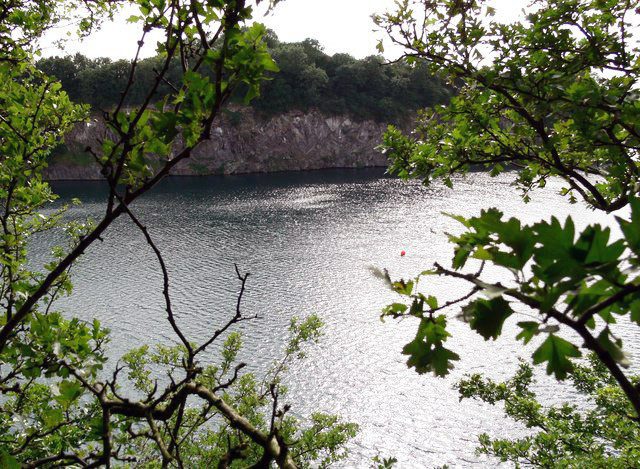As I don't teach tec, only rec courses, my general rule is if a student wants to go to the surface, we ascend slowly and talk about it comfortably on the surface. I had once case of a passive and then active panic in a student. I honestly thought he was going to die as I was getting a good beating trying to slow him down going to the surface and get his reg back in his mouth. Fortunately he was yelling (lost his reg) which prevented a lung overexpansion injury. I had another student panic in a 1:1 makeup session due to not pressing her tongue against the roof of her mouth when clearing with the purge method. She headed to the surface, and I just grabbed a D-ring to slow her down. Discussed the skill at the surface, resumed training, without further issue.
As safety stops are recommended, not a requirement, to the surface we will go every time if a student is stressed enough to want to go to the surface. That's what my close call taught me. And I consider myself lucky.
As safety stops are recommended, not a requirement, to the surface we will go every time if a student is stressed enough to want to go to the surface. That's what my close call taught me. And I consider myself lucky.





